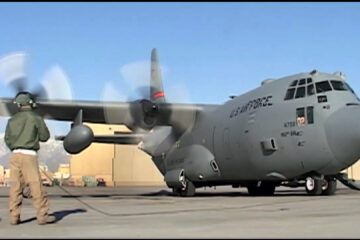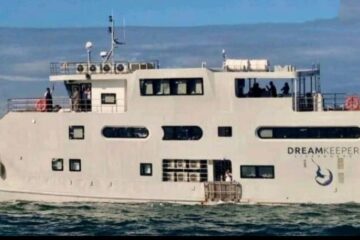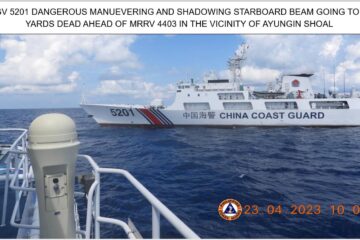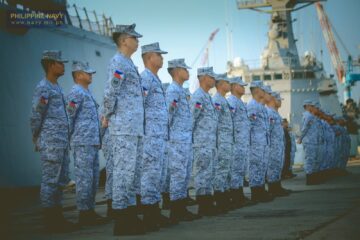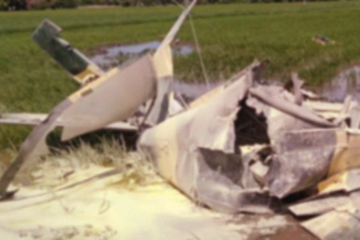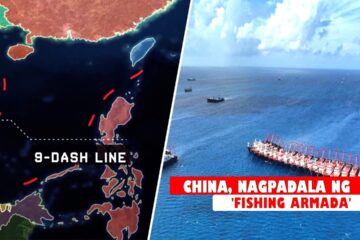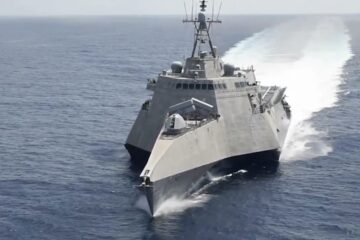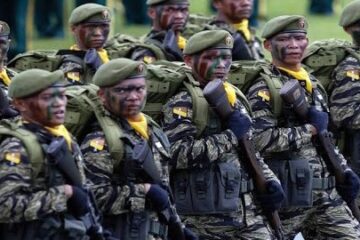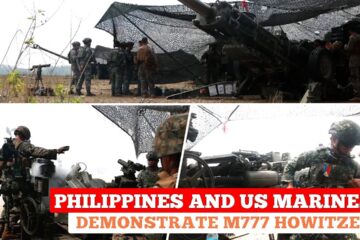BRIGADIER GENERAL BENITO N EBUEN AIR BASE, LAPU-LAPU CITY, Philippines– Senior military representatives from both the United States and the Philippines completed the joint and bilateral U.S.-Philippine mass casualty response training with a capstone event here as part of U.S. Pacific Command’s Air Contingent Sept. 29.
The Air Contingent is helping build the capacity of the Philippine Air Force and increases joint training, promotes interoperability and provides greater and more transparent air and maritime situational awareness to ensure safety for military and civilian activities in international waters and airspace. Its missions include air and maritime domain awareness, personnel recovery, combating piracy, and assuring access to the air and maritime domains in accordance with international law.
For this engagement, U.S. experts in mass casualty response from across the Department of Defense exchanged ideas and techniques with their Filipino military and civilian counterparts in the critical skills of triaging, staging, treating and transporting victims of a mass casualty event, a critical skill in an area of the world long-affected by disasters of various size and scope.
The culminating event was a simulated mass casualty event in which Philippine military and civilian personnel had to rapidly assess, treat and transfer over 100 patients, tracking their movements and ensuring patients’ injuries were treated to the best of their ability while awaiting transport.
“I help them utilize their plan to create organization,” said U.S. Air Force Lt. Col. Courtney Finkbeiner, casualty evacuation mission commander for the event. “Once they have an organized plan, they can move forward with action.”
Transportation for the drill was provided by U.S. and Filipino air assets, including Philippine Air Force UH-1 helicopters as well as C-130s from both the United States and the Philippines.
The air power component afforded the opportunity for Philippine medical providers to practice patient care and loading procedures with C-130 engines running, with the planes then taking off and flying a pattern to simulate real-world patient flow.
“They’ve never worked with their Air Force for an exercise like this,” said Finkbeiner. “Just building that communication is huge. They’ll trust that if there’s an issue and they need to evacuate patients, someone from their Air Force will be able to communicate with them and help get them resources.”
“This was a good exercise because it incorporated all the affected entities and local government units,” said Philippine Army Capt. Melvin Hiponia, deputy education and training officer, 53rd Engineering Brigade. “It allows us to have the big picture as to what will happen in a real scenario, to find out how to sort through the chaos and to understand what to improve upon. I hope the U.S. will continue to give support for the capability enhancement that covers exercises like this.”
The relationship between the U.S. military and both civic and military leaders throughout the Philippines is marked by a long tradition of cooperation.
“The United States armed forces has a wealth of experience assisting with mass casualty response, coupled with advanced equipment,” said Rhafael Luche, Cebu provincial disaster response officer. “The Philippines has a lot to learn in terms of technology, tactics, and techniques. We learned a lot from today’s exercises and we will take the good points and integrate them into our system. Perhaps we can conduct more similar exercises of this nature to further improve upon what we’ve already learned.”
The deployment of the air contingent detachment is another example of how the United States and the Philippines are committed to maintaining credible combat power throughout the Indo-Asia Pacific region while the U.S. continues to work closely with the Philippines and our network of partner nations.
“This is how it’s supposed to be, the way it came out today,” said Finkbeiner. “It’s even better than I thought it would be. The Filipinos feel good about it and about themselves, they trust their system, they trust each other. I’m in awe of the leadership not only in the province of Cebu but in their military system. I’m in awe of how they stood up to the challenge and took it head on and improvised and made this a huge success.”
This is just one way the U.S. is demonstrating our commitment to our partners and allies in the region.
by: Capt. Mark Lazane,











